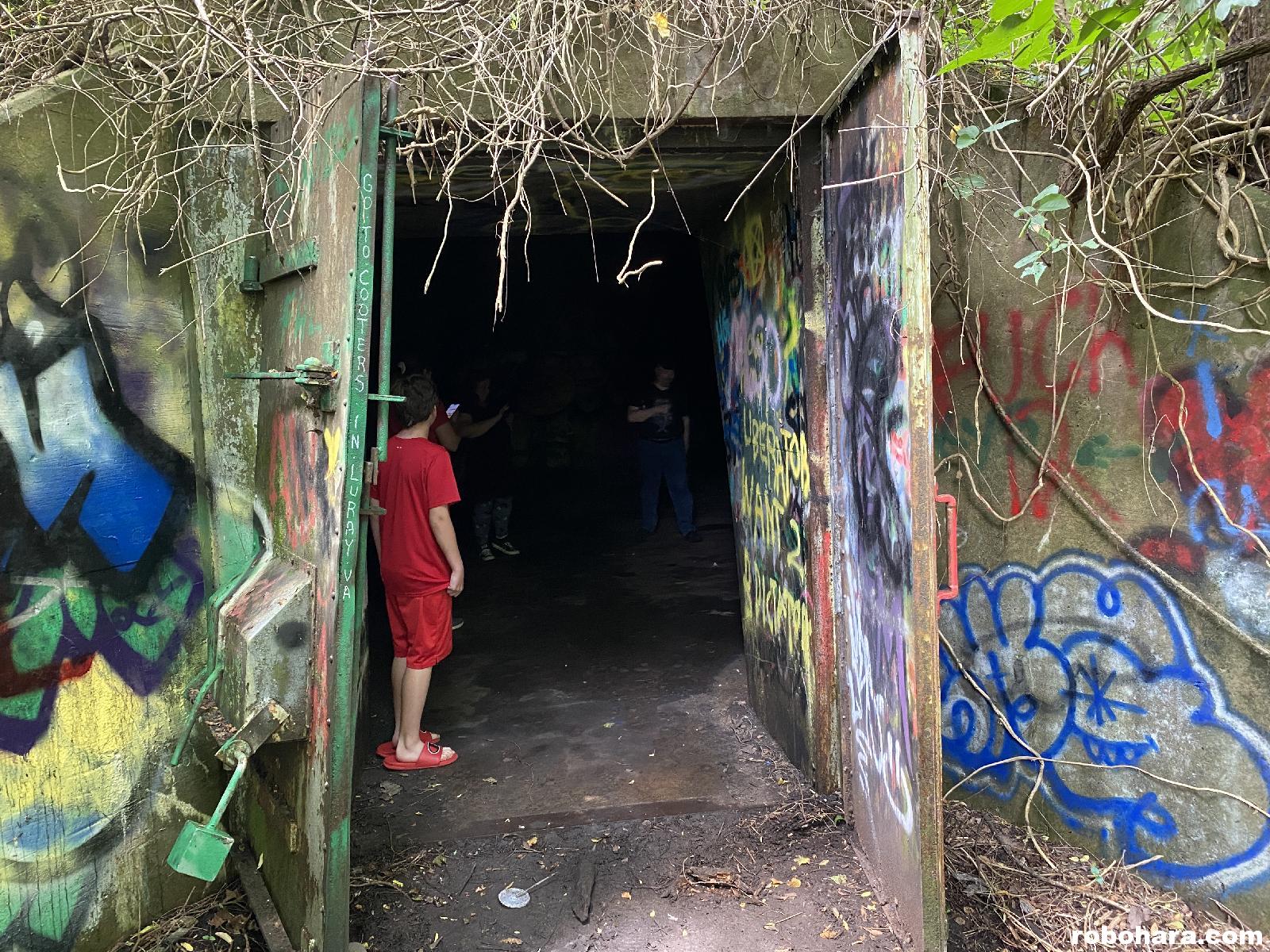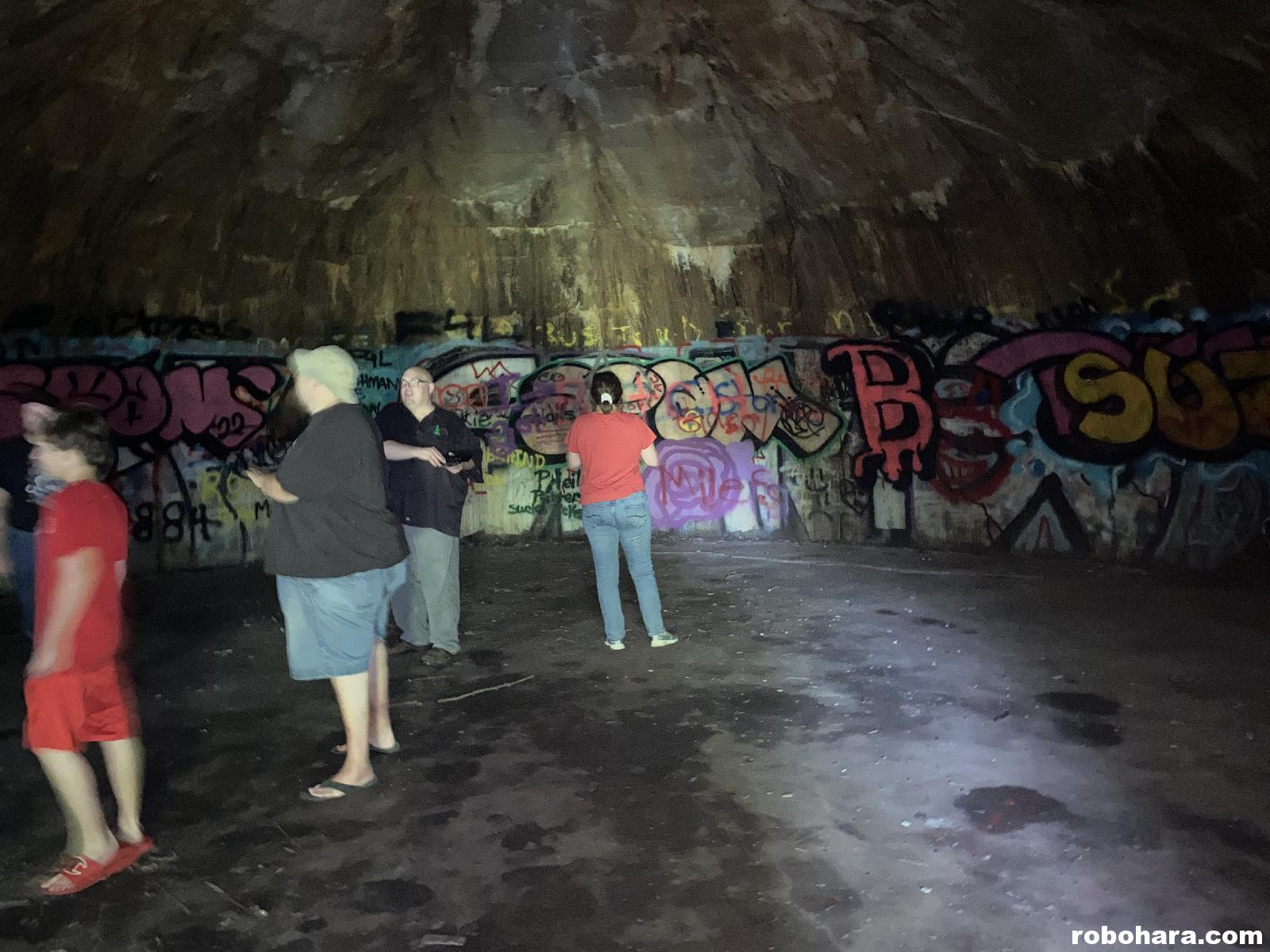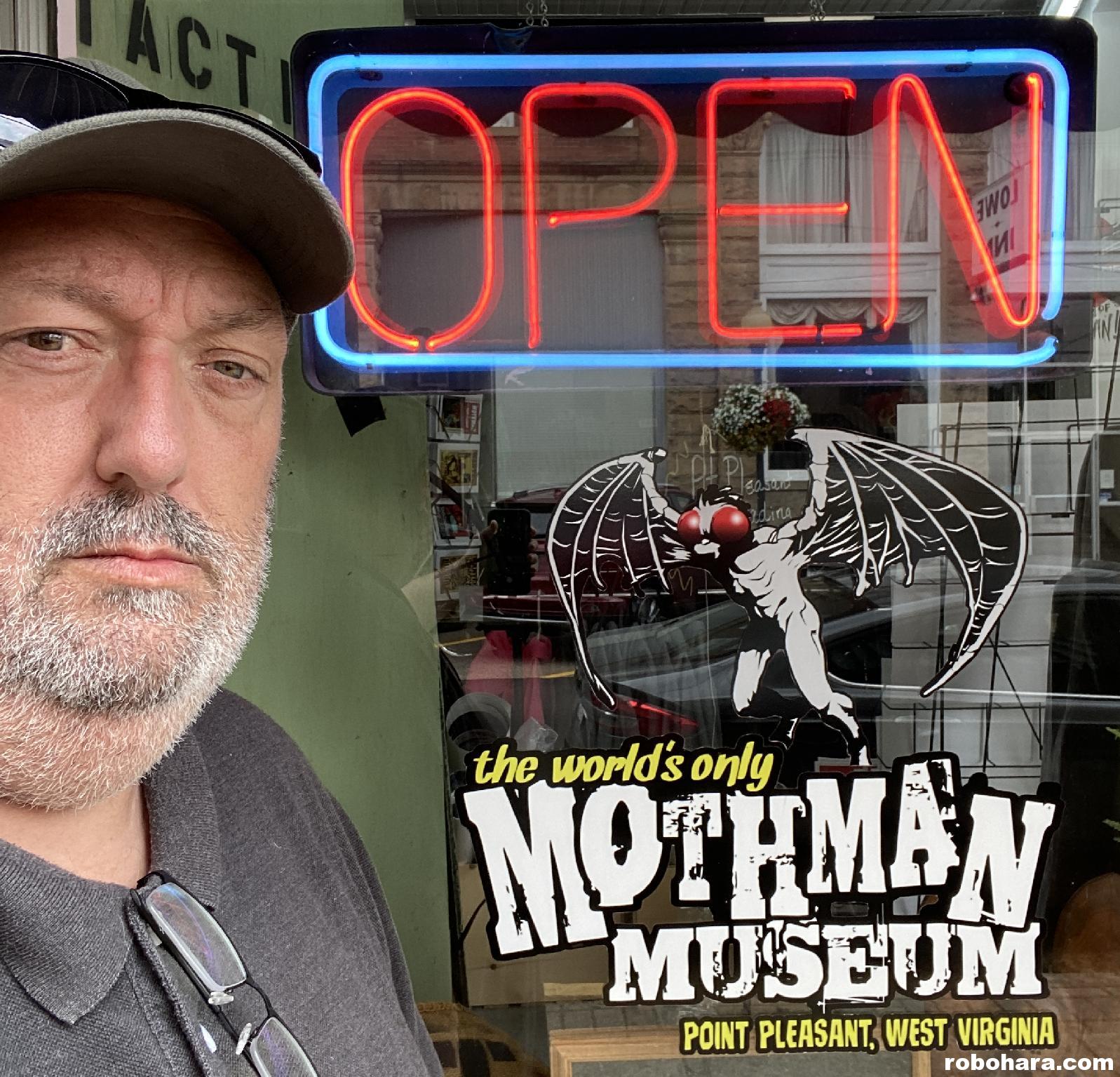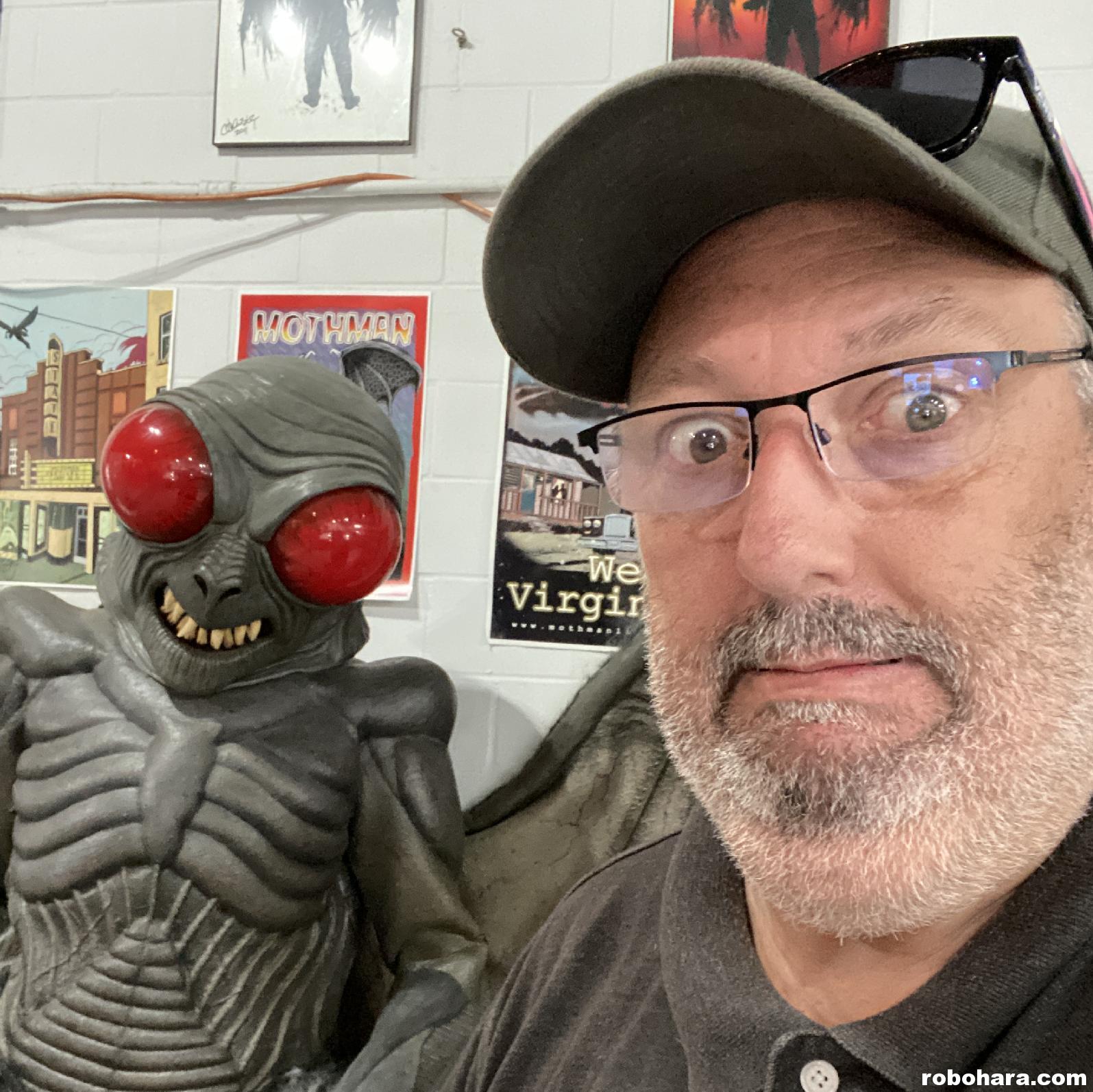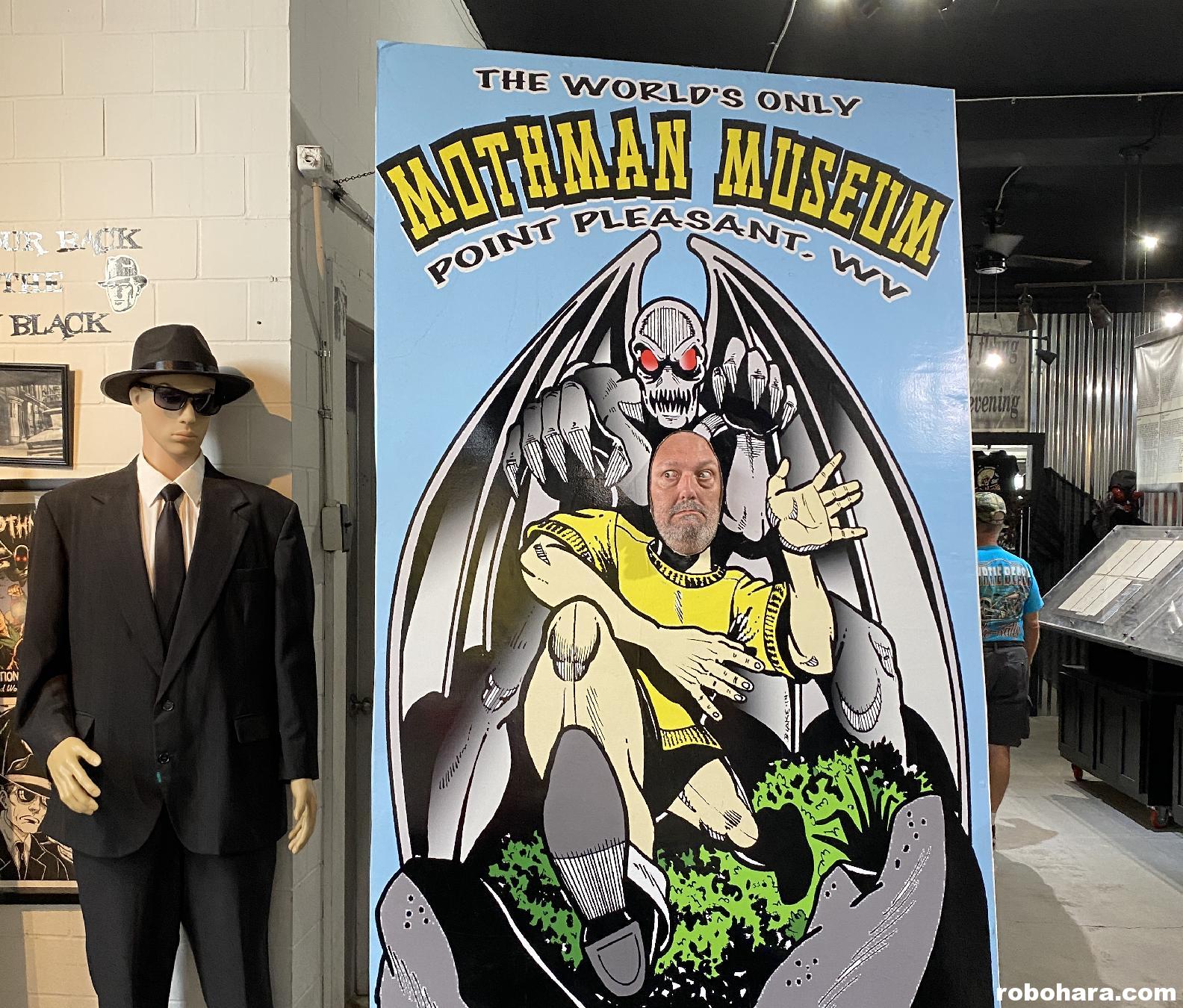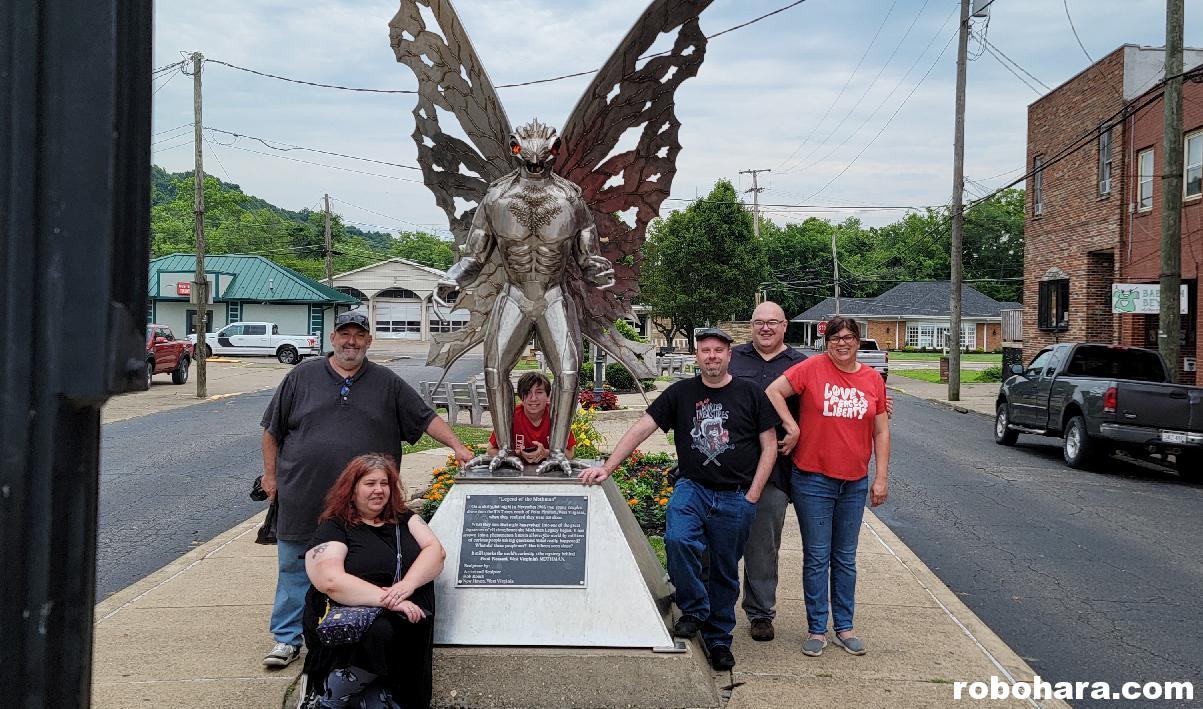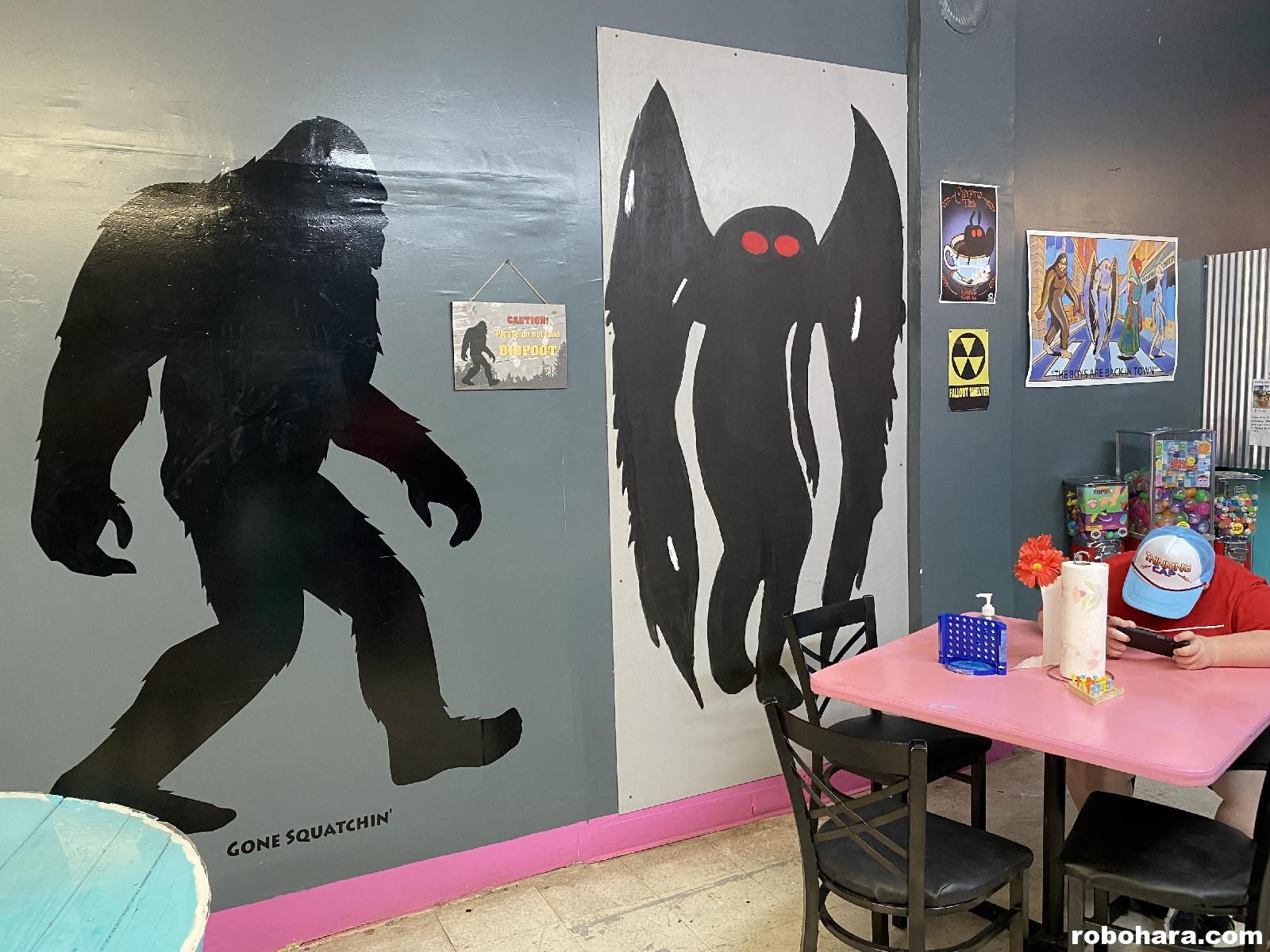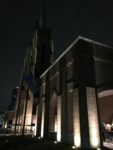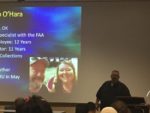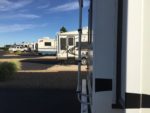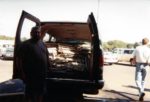
Upon entering our local Goodwill’s Outlet Center I was overcome by a wave of desperation. At first I assumed those feelings were emanating from other customers, digging feverishly through the mountains of stuff. The longer we were there I began to wonder if the vibes weren’t radiating from the stuff itself.
Everything has a lifespan. Goods are purchased from stores by consumers and kept until they outlive their usefulness, at which point they’re either recycled, discarded, or enter the secondhand market. A big part of that secondhand market are donation centers. Last year, Goodwill alone received approximately 5.7 billion pounds of donations. (Again, that’s just Goodwill.) What happens to items after they are donated is less straightforward than you might think. Sometimes. items donated to a Goodwill location are cleaned or tested and resold at that specific location. Some of those items are pulled from rotation and sent to other locations. There are Goodwill stores that specialize in electronics and computers, for example. Collectibles and other desirable items are often pulled and sold online (ShopGoodwill.com).
But not everything sells, and with more than 110 million donations a year coming in (again, this is to Goodwill alone), all that stuff has to keep moving. Eventually where it moves to is a Goodwill Outlet Center, like the one in Oklahoma City located at 1320 W. Reno.
In traditional Goodwill stores items rest peacefully on shelves, clothing hangs on racks, and everything is individually priced. At the Goodwill Outlet Center, things lose their dignity. Everything about the Goodwill Outlet Center is utilitarian. The floors are concrete, the walls are metal, the ceiling is exposed. Items arriving to the center are sorted into waist-high carts on wheels and rolled out to the floor where most of it, except for items belonging to a few specific categories, is sold by the pound.

According to Susan, every morning as carts full of incoming goods are rolled out, people rush them and begin digging like maniacs in search of treasure. That’s not when we went; instead, we arrived late in the evening, thirty minutes before closing time. It’s a bit like closing time at a bar, but somehow even more depressing. At this point in the day the bins are full of items that were deemed so valueless by their original owners that they were donated to Goodwill, sat unsold in a Goodwill store long enough that they ended up here, and then were passed over by hundreds of ravenous daily shoppers who search every bin as if their wedding ring had slipped off and fallen inside.
What remains is… stuff. A lot of it — the vast majority, maybe 75% or more, is clothing. The fact that these items have been passed over so many times did nothing to temper hope of the shoppers we saw who were digging and tossing clothing into the air like a dog shaking the stuffing out of an old toy.

I quickly gravitated to the rear of the store, where household goods coagulate. In this store, household goods are defined as anything not listed in one of the posted categories (glassware, books, shoes, or purses). CDs? Household goods. Fake plant? Household goods. Discarded beautician practice head? Household goods.
Again, this is the last of the last. For example. the Goodwill Outlet Center has every audio CD you could possibly want, as long as what you want are scratched CDs from artists you’ve never heard of in broken jewel cases. And then there were books — books, books, so many books! Hundreds and hundreds of books, from hardback books by Dr. Seuss to paperbacks that were read once, or never, that couldn’t find a reader. As for the other stuff, I suspect the early bird gets the best part of the worm. By the time we arrived only broken toys and stuffed animals so crusty they could stand on their own.
The checkout process is as dignified as these items deserve. Special items like books and purses are rang up individually; everything else is dumped into a pile on a dirty scale in the floor where their weight and your total is calculated. At 99 cents a pound, Picassos and prints are worth the same here.
For my part I found some VHS and cassette tapes, a couple of Life magazines from the 1980s, and a few books. Oh, and that beautician school mannequin, whom I immediate named Lice-a Minnelli. Back in the car, Susan and I each took a bath in hand sanitizer (the website recommends customers bring and wear gloves), and later that evening Lice-a god her own washing and haircut in a scene that, in retrospect, looks a bit like a clip from the Texas Chainsaw Massacre.
At least with us, for now, Lice-a is safe. For items that don’t sell at the Goodwill Outwill Center, their future can be bleak. Believe it or not, very little of the items end up in landfills or destroyed. Electronics are either refurbished or recycled. Clothing is cut up and sold as wiping cloths. Some of the stuff is sold to salvage brokers. Some of the stuff ends up in third world countries. If you want to know more about the life of discarded goods, I highly recommend Adam Minter’s 2019 book Secondhand: Travels in the New Global Garage Sale.




